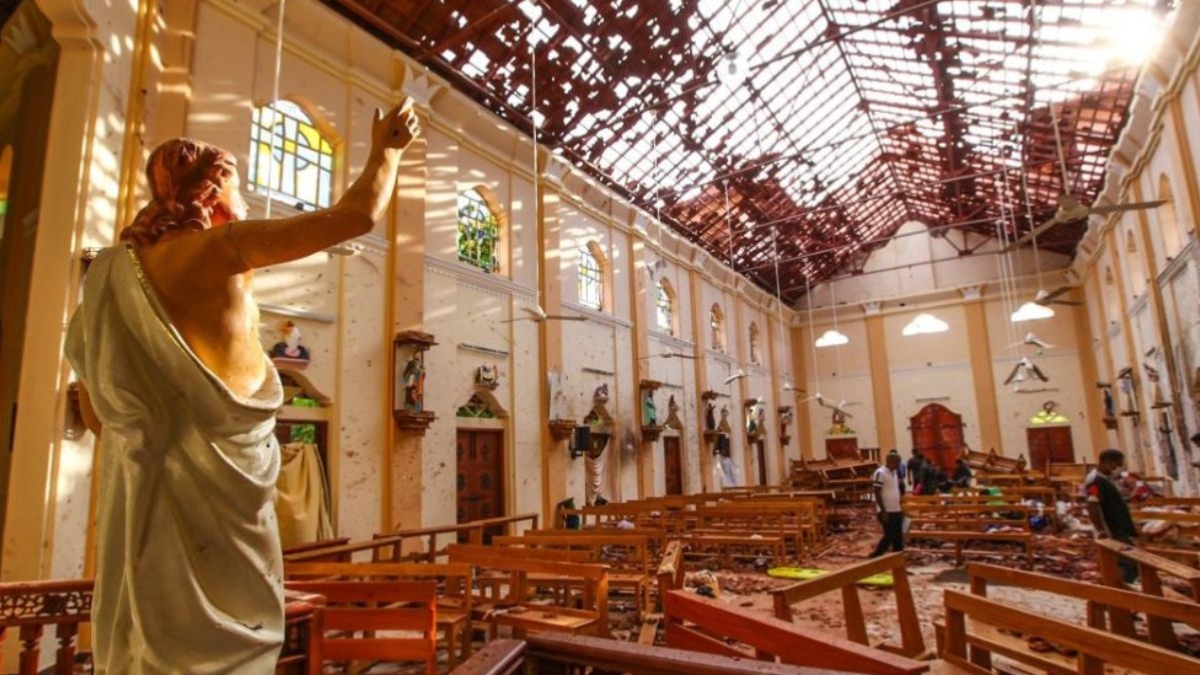Just past an anniversary, HH DeKalb Regional Medical Center cut the ribbon, giving an official opening for a new cardiac catheterization lab with the help of city officials and Fort Payne Chamber of Commerce members. “A year ago yesterday, DeKalb Regional became part of Huntsville Health Systems and that was just a fantastic move for the community and for our employees here,” Darrell Blaylock, HH DRMC President, said. “Today would probably not be happening if we had not become part of Huntsville,” he said.
The leadership of the Huntsville system came to DRMC and talked to the medical staff and administrators, he said, assuring them they were here to help and they “would be here forever.” And they asked what was needed at DRMC. DRMC’s leaders explained what was needed, Blaylock said, and they delivered.

HHS gave them $500,000 “right of the bat,” that enabled the hospital to buy new equipment for patient care areas, he said. Blaylock said he told HHS that a new cardiac catheterization lab was needed, to replace equipment that had been in use since 2009. A great job was being done keeping the machines running everyday, he said, but it was time to replace it.
“I just want to thank Huntsville Health System board, especially CEO Jeff Sims, for approving $2.5 million,” for the renovating and re-equipping of the cath lab. He said the cath lab staff did a great job operating out of a mobile cath lab during construction, as well as working to get into the new lab.
Blaylock suggested the person most excited about the project was the hospital’s cardiologist, Dr. Wael Halesah. “It’s really a gorgeous day, and this feels like the light at the end of the tunnel,” Halesah said.
“I am very grateful and very humbled, mainly by our medical staff. This has been a long journey,” he said. “It really started with COVID.
COVID almost broke us. But the tenacity and the courage of our nurses is what made the difference. We continue to provide excellent health care.
“I still remember the days in the ICU when most of these patients did not make it,” Halesah said. “We did not know enough about the virus; it was a novel virus. There was a risk and our nurses took it.
There was confusion and a lack of leadership, national and internationally, but that did not stop our nurses.” The core of that, he said, was their love and dedication for their patients. The aftermath of COVID was devastating, too, Halesah said, financially, in logistics and medical supplies.
And the cath lab suffered significantly, he explained, because of the labor market was affected. “We had some difficult days,” he said, “but we continued to provide the service. “This is the only cath lab from Chattanooga, to Gadsden, to Huntsville.
This is the only place you can come to if you’re having a heart attack. Without a cath lab in Fort Payne, this population that probably exceeds 20,000 Americans would have to drive hours before they get to standard cardiac care, he said. In cardiology, Halesah explained, there is a number – door to balloon time.
“It’s the time patients spend from touching the ER door to the minute you open the artery that is responsible for the heart.” That’s a human being coming in with a heart attack, he said, and the national guideline says “you have 90 minutes.” “We do this in 15 minutes – and 11 minutes – and this is not an exaggeration,” Halesah said.
“This is not because you have a good doc, this is because you have a dedicated staff who can take the patient an put them on a table and prep them. It’s almost unbelievable, when you look at the national numbers. “It cannot happen without a team that is perfectly synchronized,” he said.
It would not be possible without a dedicated, brave staff, Halaseh said, that will continue now to provide the same great care it has for the last 12 or 13 years, and improve on it. He said he had to thank administrators at DRMC and HHS for providing excellent leadership and a lot of wisdom. Without it, Halesah said, the staff would not have been able to make this transition.
The transition was not easy. The mobile cath lab was used to provide basic care. The staff had to train to work in smaller quarters, and now have trained again to use the new lab and its top-of-the-line, latest generation equipment.
“That was the past. We’re looking at the future,” Halesah said, “and the future looks bright.” “We have a state-of-the-art machine.
The best of the best,” he said. “It is the best technology. It is AI-enabled,” Halesah said.
“It will help us reduce the amount of radiation the staff is exposed to, that the operator is exposed to, and that the patient is exposed to, which will enable us to do more complex procedures, increase our safety and reliability, and it will help us bring in new services.” The cardiologist said he’s excited about bringing hemodynamic monitoring and other services, expanding peripheral vascular work. “This machine has everything,” he said.
“We’re very grateful. HHS understood the needs here and acted effectively, Halesah said, and the team at DRMC was very supportive. “We are very pleased, very happy, and very optimistic,” he said.
“We’re at the end of this tunnel. We are in the light now and I’m very optimistic.”.
Top

New cardiac catheterization lab at HH DRMC

Just past an anniversary, HH DeKalb Regional Medical Center cut the ribbon, giving an official opening for a new cardiac catheterization lab with the help of city officials and Fort Payne Chamber of Commerce members.









